According to documents at the Air Defense - Air Force Museum, on December 29, 1967, during a working session with the Commander and Political Commissar of the Air Defense - Air Force, President Ho Chi Minh said:
“...Sooner or later, the US imperialists will send B-52s to attack Hanoi and only admit defeat when they lose. We must anticipate this situation as soon as possible to have time to think and prepare... In Vietnam, the US will definitely lose. But it will only admit defeat after losing in the skies of Hanoi...”.
From December 18 to 29, 1972, the 1972 Hanoi - Hai Phong Air Defense Campaign against the strategic air raid mainly by the US Air Force bombers was a fierce confrontation.
During 12 days and nights of fighting against the B-52 "flying fortress", the Air Defense Missile Corps became the main force, contributing decisively to the historic victory.
At the same time, the campaign also shows the efforts of the entire team from the leadership to the agencies and units that ensure missile weapons and equipment, logistics, command, and the combat crews of the Firepower Battalions that directly created this glorious historical victory.
According to the book Legend of Hanoi - Dien Bien Phu in the air, in Operation Linebacker II in 1972 (as the enemy called it), there were 1,192 aircraft of all types and many other modern weapons and equipment participating.
Specifically, 193 B-52s out of a total of 400 (nearly 50% of the total number of B-52s the US had at that time) with 250 crews.
Tactical Air Force has 1,077 aircraft of all types/3,043 total (more than 30% of total US aircraft).
The aircraft carrier had 6/14 participating.
This was an unprecedented mobilization of the US Air Force since World War II for a strategic air raid. The dangerous, “invincible” weapon in the US Air Force’s belief in this Campaign was the B-52.
This aircraft operates at an average altitude of about 10,000m. Each aircraft is an electronic warfare center with 15-25 different jammers. Each group of 3-5 B-52 aircraft carpet-drops 60-90 tons of bombs over a large area, and can fly continuously for 9 hours without refueling.
Previously, during the war in June 1967 in the Middle East, some intact SAM-2 weapons were studied and researched by the US.
After 4 months of "dissecting" the SAM-2, the US has produced many jamming devices to deal with this type of missile, including dangerous jamming for the missile's control track (bullet track jamming).
In the Vietnam battlefield, the US Air Force used improved aircraft (including 4 types B-52 D, F, G, H) to increase the number of bombs carried and electronic warfare capabilities.
According to documents at the exhibition “60 years of the power of the Vietnamese Fire Dragon” held at the Air Defense - Air Force Museum, the B-52 long-range strategic aircraft is 48.07m long, 12.39m high, and 56.42m wide. The maximum speed of this vehicle is 1,050km/h, the highest ceiling is 16,700m, the longest flight range is 18,000km, and the operating radius is 4,000m.
A B-52 can carry 18,000-30,000kg of bombs, and is equipped with a 4-barrel 12.7mm gun, and the tail can carry 20 Sram missiles.
An American military commander once said: "The enemy has no way to resist and no living creature can survive under the terrible bomb rain of the invulnerable B-52."
Faced with the overwhelming power of the US Air Force, Vietnamese missile troops overcame countless hardships, fought on complex terrain, and coordinated closely with air defense forces.
The S-75 Dvina missile (SAM-2), researched and designed by the (former) Soviet Union since 1953, quickly became the main weapon, considered a direct counterweight to the B-52 bomber.
On March 27, 1965, the Soviet Union signed a military aid agreement, transferring to Vietnam 54 SAM-2 missiles and all accompanying equipment.
Immediately after that, our missile troops were urgently trained and mastered this modern weapon, creating the foundation for the resounding victories that followed.
Faced with the technological power and sophisticated electronic jamming system of the US Air Force, detecting and destroying B-52s in the sky over Hanoi was a huge challenge.
The Air Defense Missile Force not only fights with equipment, but also with intelligence, bravery and bold innovations right on the battlefield.
It was in the situation of lacking ammunition, being blocked by interference and facing an opponent known as "invulnerable", our combat crews came up with many unique ways of fighting, turning the anti-aircraft fire net into a terror for any invading aircraft.
Looking at the artifacts at the Air Defense - Air Force Museum, AHLLVTND, Lieutenant General Nguyen Van Phiet (Battalion Commander commanding the combat crew that shot down 4 B-52s during the Dien Bien Phu Campaign in the air) still clearly remembers the moment the flying fortress exploded in the sky of the Capital.
Sharing with Dan Tri newspaper reporter , the 87-year-old general described: The interference covered the radar, not only the B-52 but also interference from EB-66, F-4... (following planes), resonating with interference from outside our country's borders.
Without specific tactics, it is very difficult for the Air Defense - Air Force to accurately determine the type of aircraft they are looking for on radar.
Regarding how to control the SAM-2 missile, he said there are two main methods.
The first is the "half-angle ahead" method, which means broadcasting quickly. When encountering the B-52's interference band, the combat crew only monitors for no more than 10 seconds, immediately turns off the radar and gives the command to launch missiles.
The second is the “three-point optical guidance” method, in which the operator in the control vehicle follows the target closely, coordinating with the guidance from the optical surveyors to orient accurately.
“When detecting interference on the radar, if the aircraft being searched for has not been identified, the combat crew will flip a specially designed switch.
At that time, the missile was still on the platform but the guidance wave had appeared on the enemy radar screen. The B-52 escort planes thought they were about to be shot down so they immediately dispersed.
The B-52, on command, kept its flight path straight, so a very flat and smooth interference streak appeared on the radar," the Lieutenant General said.
“Once the B-52 has been identified, we must continuously follow it, absolutely not losing sight of it. Success or failure at this point depends largely on the control skills and bravery of the combat crew of the Air Defense Missile Corps,” Lieutenant General Phiet analyzed next to a photo capturing his heroic moment.
In front of the photo titled: “Senior Lieutenant Nguyen Van Phiet, Battalion Commander of Battalion 57, Missile Regiment 261 and the combat crew used two shells to shoot down a B-52, one of which fell on the spot, on December 21, 1972” displayed at the Air Defense - Air Force Museum, he said: “At that time, I was reviewing the combat crew in the recent battle. Looking back now, some comrades have sacrificed, some are still alive in Hanoi”.
On the night of December 20, 1972, the "fever" of ammunition shortage suddenly struck Battalion 57, commanded by Battalion Commander Nguyen Van Phiet, as well as many other missile battalions on the Hanoi front.
It was not until the third battle of the night that Battalion 57 was ordered to attack. At 5:00 a.m., the alarm was sent down to the battlefields from the Thanh Loa Missile Group Command. Only 5 minutes later, the entire battalion was ready for combat.
On the 9x9 map, the target dots gradually appeared. Checking the ammunition depot, the entire battalion only had three missiles left on the launcher while the ammunition truck had not yet returned. In the dire situation, Battalion Commander Nguyen Van Phiet made up his mind: each missile must shoot down a B-52.
Following the target line, the target group numbered 318 quickly entered Hanoi airspace. Both station 1 and the auxiliary radar station clearly showed signals, confirming that it was a B-52, without the need to apply detection tactics.
The battalion commander ordered the two stations to select a noise band to compare and determine the noise-reducing properties. The gunners quickly circled the B-52's noise band, followed closely, and waited for orders.
When the target was within range, Battalion Commander Nguyen Van Phiet gave a stern order:
"Launch!"
Immediately, the commanding officer Nguyen Dinh Kien pressed the fire button.
But when the button was pressed, the bullet did not leave the launcher. The battalion commander ordered the second bullet to be launched. When it left the launcher, the signal of the bullet reaching a distance of 28km was clearly visible on the oscilloscope.
Bullets!
The entire crew shouted in unison: “Explosion! Destroy the target”. Immediately the crew reported: “Target on fire in the southwest direction” (it was 5:09).
Before we could hold a meeting to review the experience after the first battle, the sound of the map soldier rang out again: "B-52, range 45 km!"
Immediately, Battalion Commander Nguyen Van Phiet ordered the two stations to select the interference band and compare. After only one minute, the combat team locked on the target at a distance of 30 km. In the tense moment, Senior Lieutenant Nguyen Van Phiet encouraged his teammates:
“Come on! There's one last shell left, we have to exchange it for a B-52.”
The broadcast command was given, the target was clearly visible at a distance of 29km.
The order was firm: “Launch!”
The last bullet flew straight into the pitch-black void, the two signals on the oscilloscope screen approached each other, then suddenly flashed. A violent explosion tore through the sky.
The combat crew shouted in unison: “Target destroyed!” Immediately after, the gunner reported: “Target caught fire and fell on the spot!”
The B-52 in the 532nd group was hit by bullets and fell in the Tha market area, near Doi mountain, at 5:19 a.m. on December 21, 1972. Within just 10 minutes, from 5:09 a.m. to 5:19 a.m., Battalion 57, commanded by Battalion Commander Nguyen Van Phiet, used two bullets to shoot down two giant flying fortresses in succession.
On the morning of December 21, 1972, General Vo Nguyen Giap directly called the 361st Air Defense Division.
“The whole country is looking towards Hanoi! The whole world is looking towards Hanoi! Every minute and every hour, the Politburo and the Central Military Commission are following Hanoi’s fight. The fate of the Fatherland is in the hands of the air defense soldiers protecting Hanoi,” said the General.
According to information from the Air Defense - Air Force Museum, in the air defense campaign in December 1972, the Air Defense - Air Force shot down 53 out of hundreds of American aircraft of various types.
The core force in the confrontation with the US strategic air force for 12 days and nights (December 1972) was the Missile force, which shot down 29 out of 34 B-52 aircraft (16 crashed on the spot).
Senior Lieutenant Nguyen Van Phiet, Battalion Commander of Battalion 57, Missile Regiment 261, commanded the combat crew in the campaign and shot down 4 B-52 aircraft (2 crashed on the spot).
The moment he heard the news on the battlefield that "the Paris Agreement was signed", Lieutenant General Nguyen Van Phiet said he was extremely happy.
“I am just a small individual in the group. The most important thing is to always think about the group, brothers must unite, units and peoples must unite with each other. It is the strength of that unity that has brought about this glorious victory,” he expressed.
During the fierce years of resistance, he spent 3 years celebrating Tet away from home. After the “Dien Bien Phu in the Air” campaign ended, the commander proudly brought his glorious victory back to his hometown Hung Yen.
In the fierce and arduous fighting, the revolutionary heroism of the Air Defense Missile troops was highly promoted.
Many intelligent, creative, and excellent combat teams, many examples of resilient fighting and brave sacrifice of missile gunners and officers have made shine the noble qualities of Uncle Ho's soldiers in the cause of protecting the sacred sky of the Fatherland.
Content: Thanh Binh
Photo: Huyen Mai, Thanh Binh
Source: https://dantri.com.vn/khoa-hoc/anh-hung-nguyen-van-phiet-va-ky-uc-10-phut-ban-roi-2-b-52-tren-bau-troi-ha-noi-20250825100908538.htm



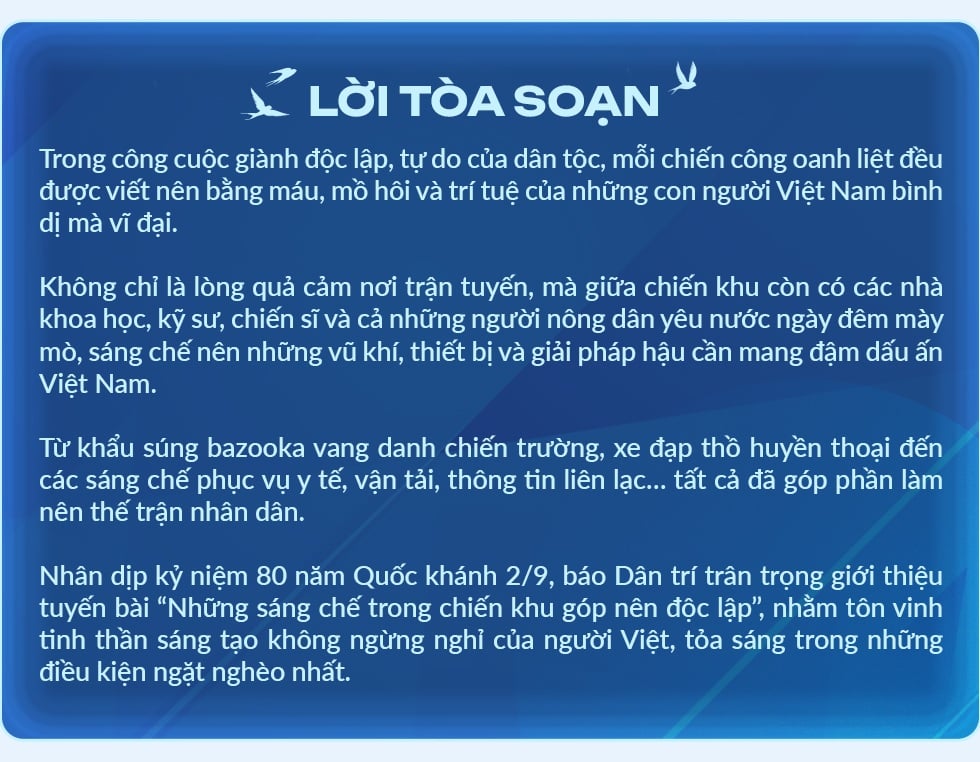

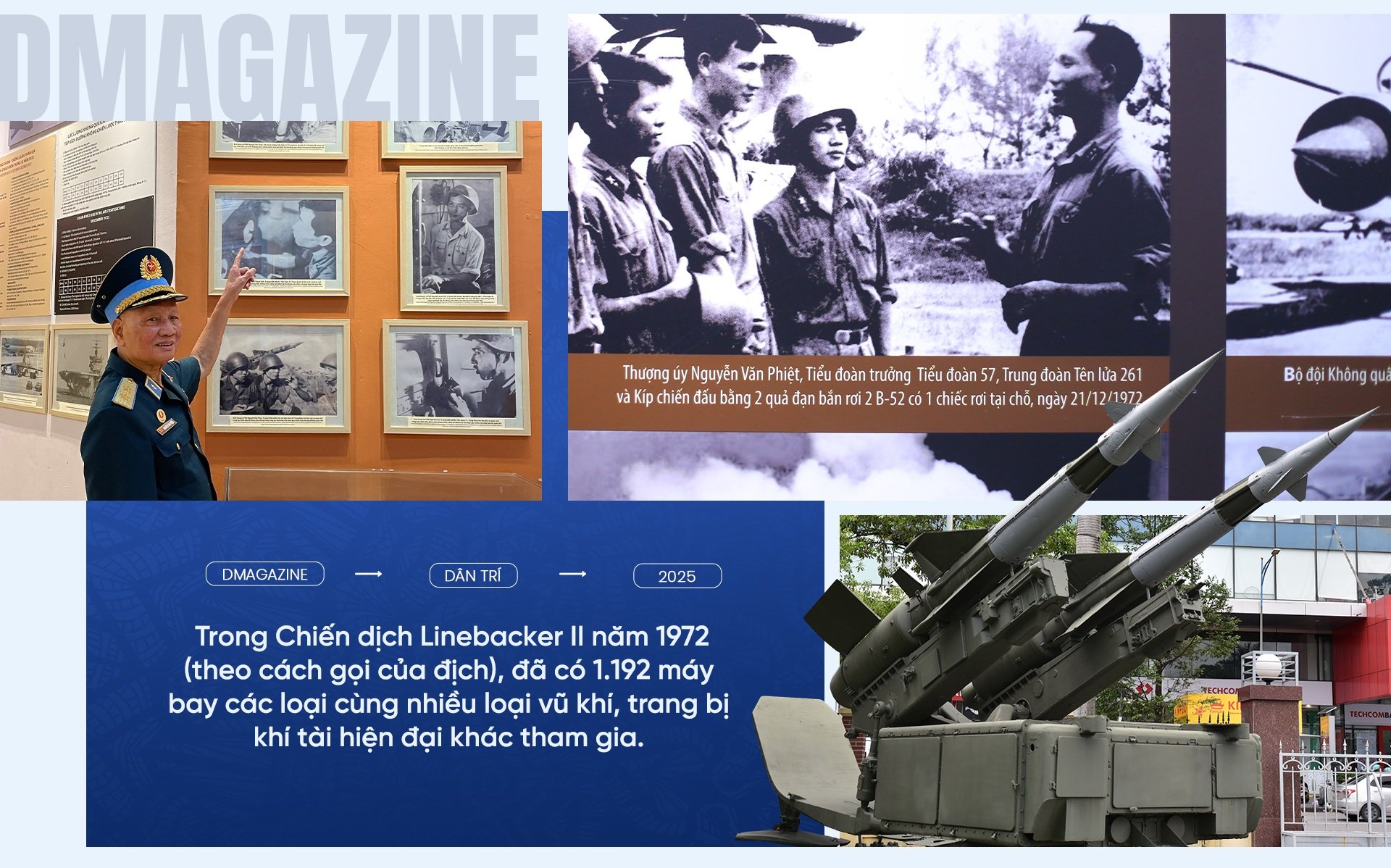
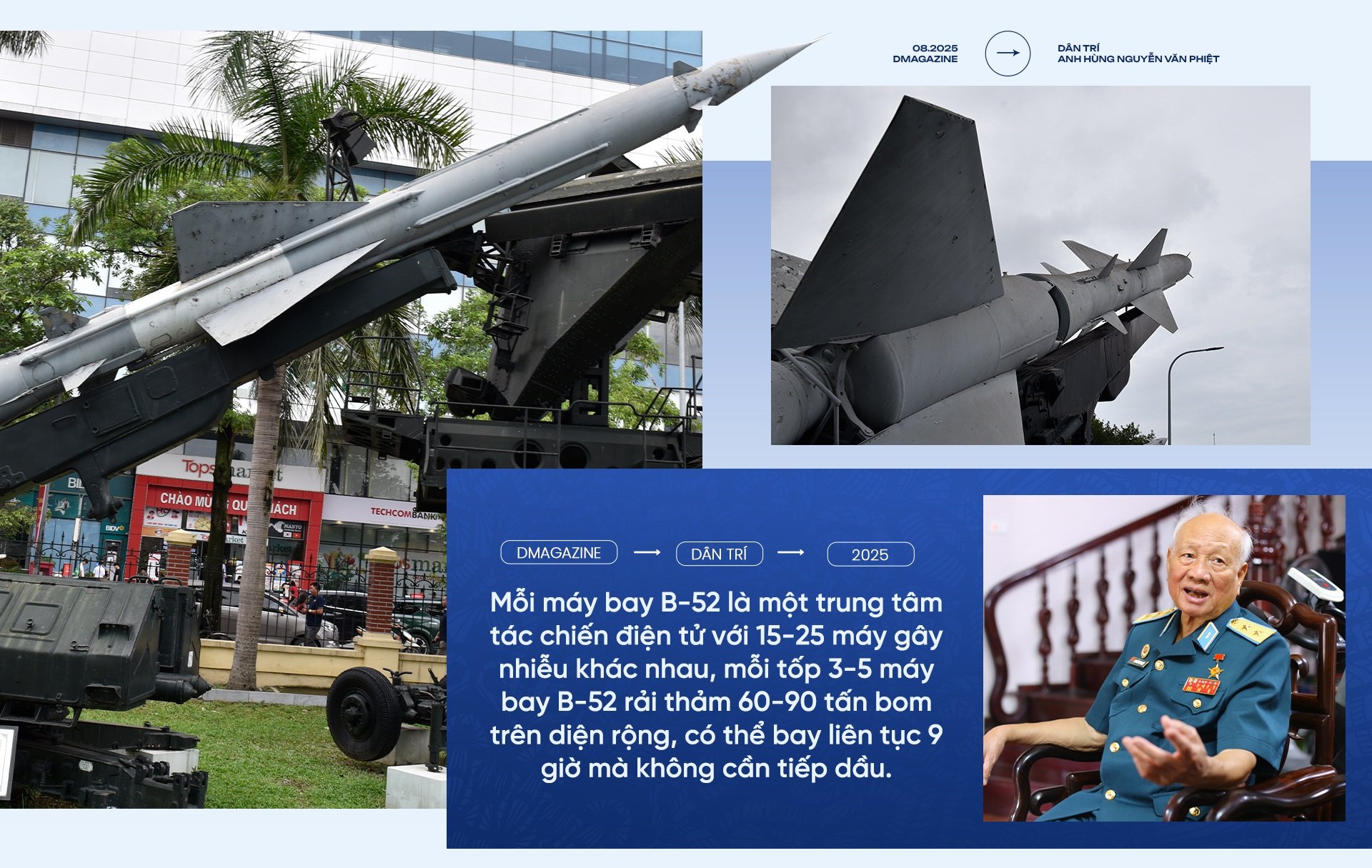

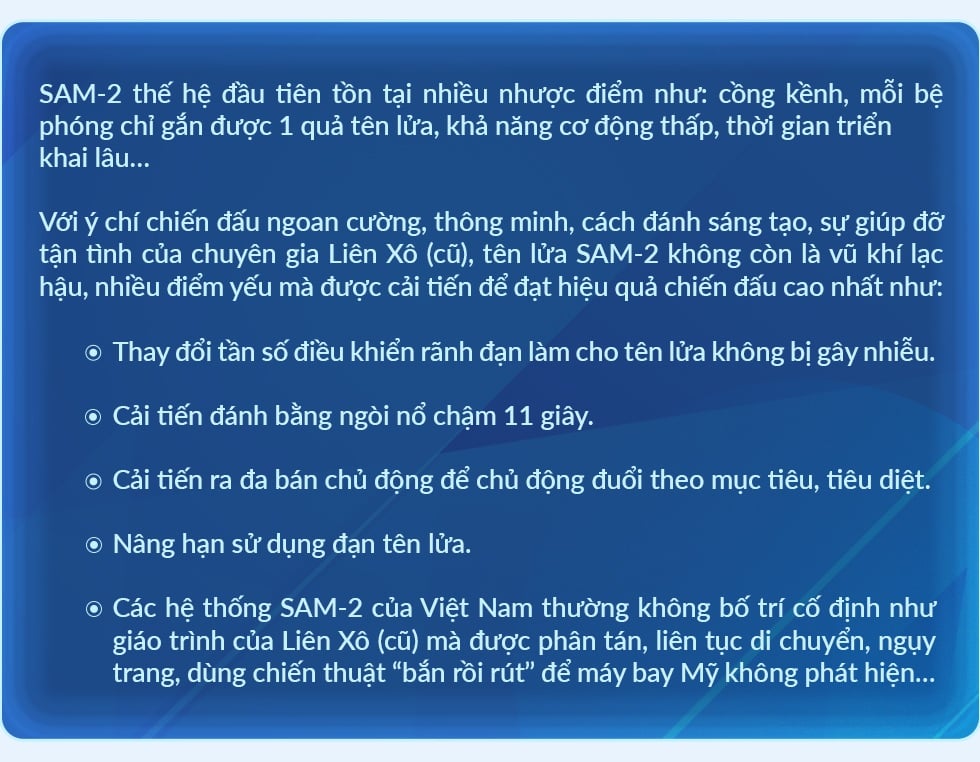
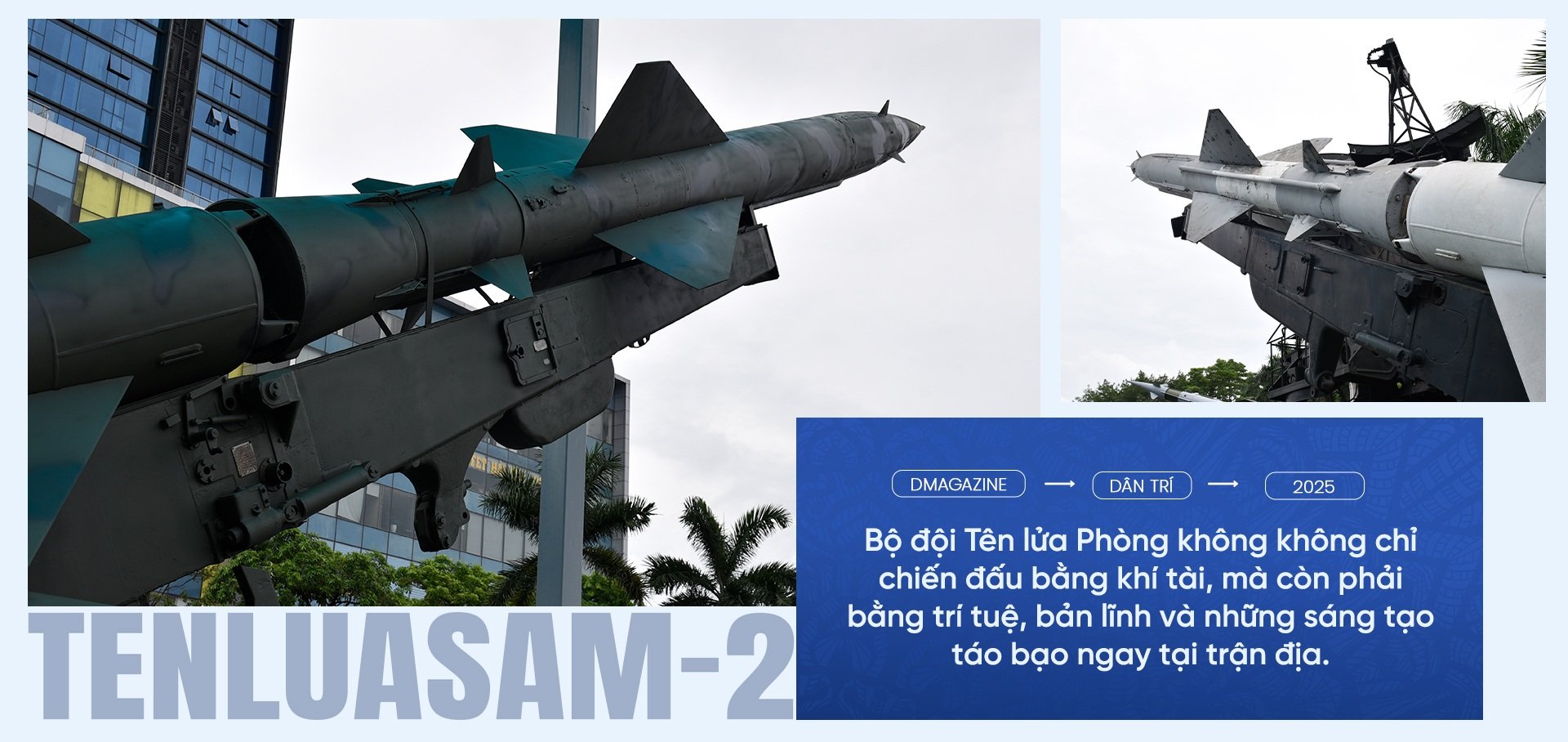

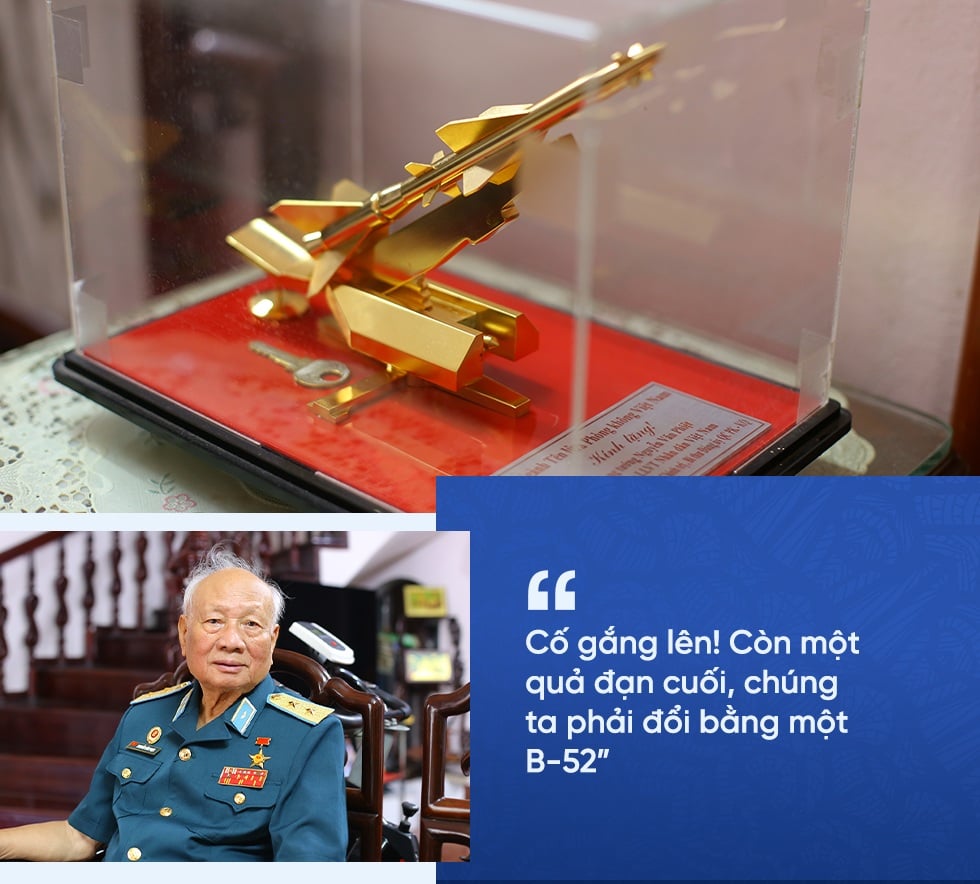
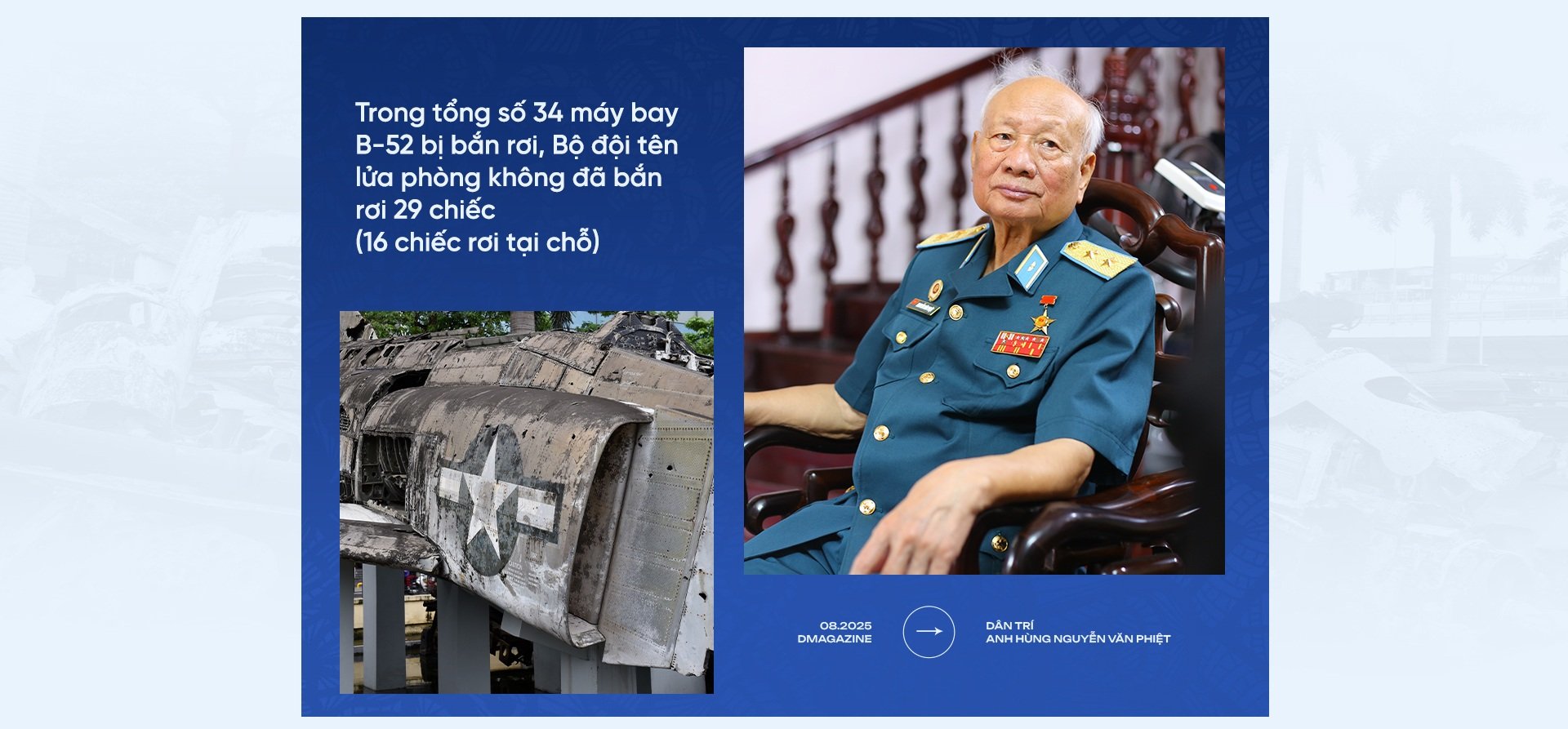

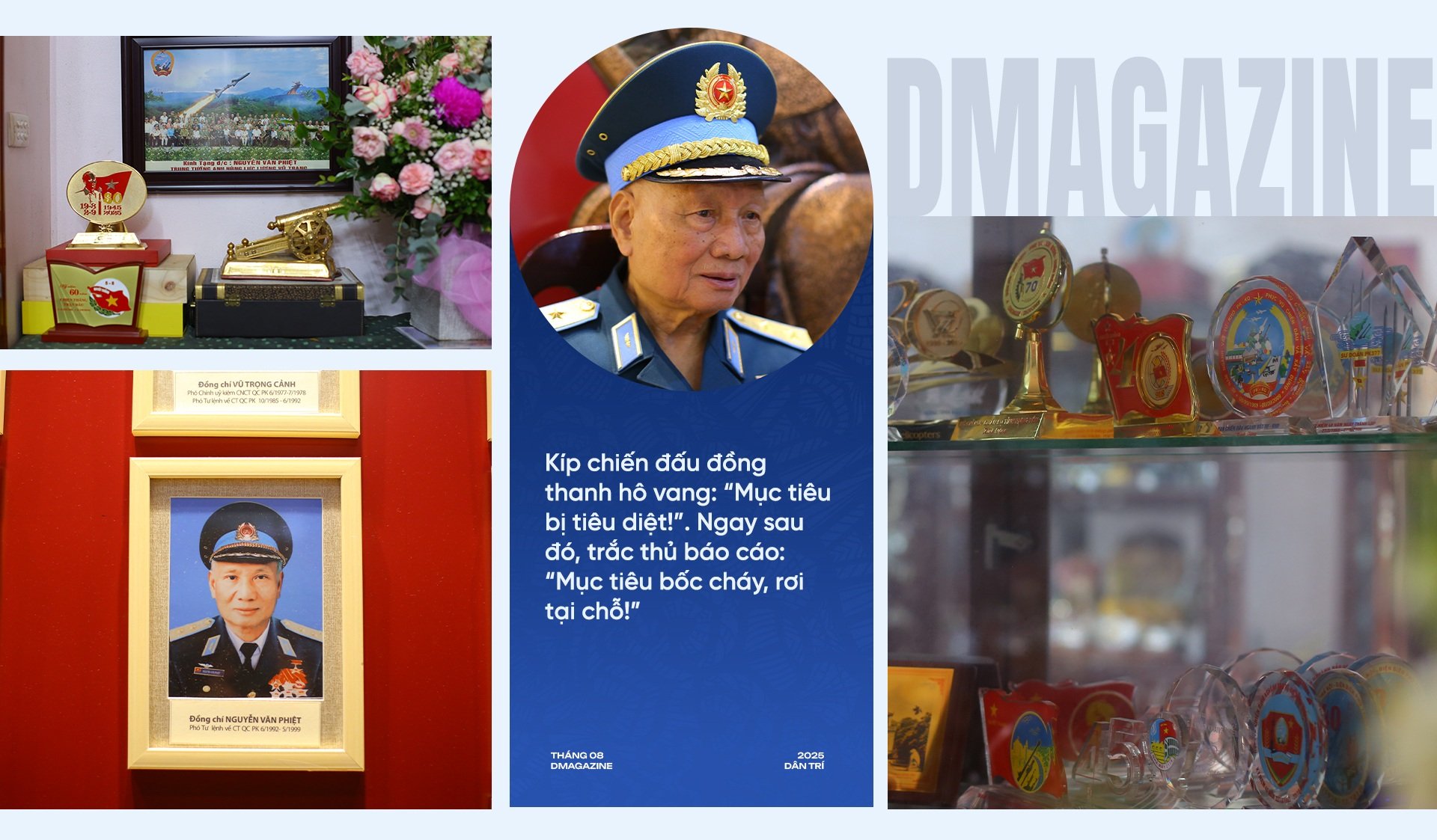
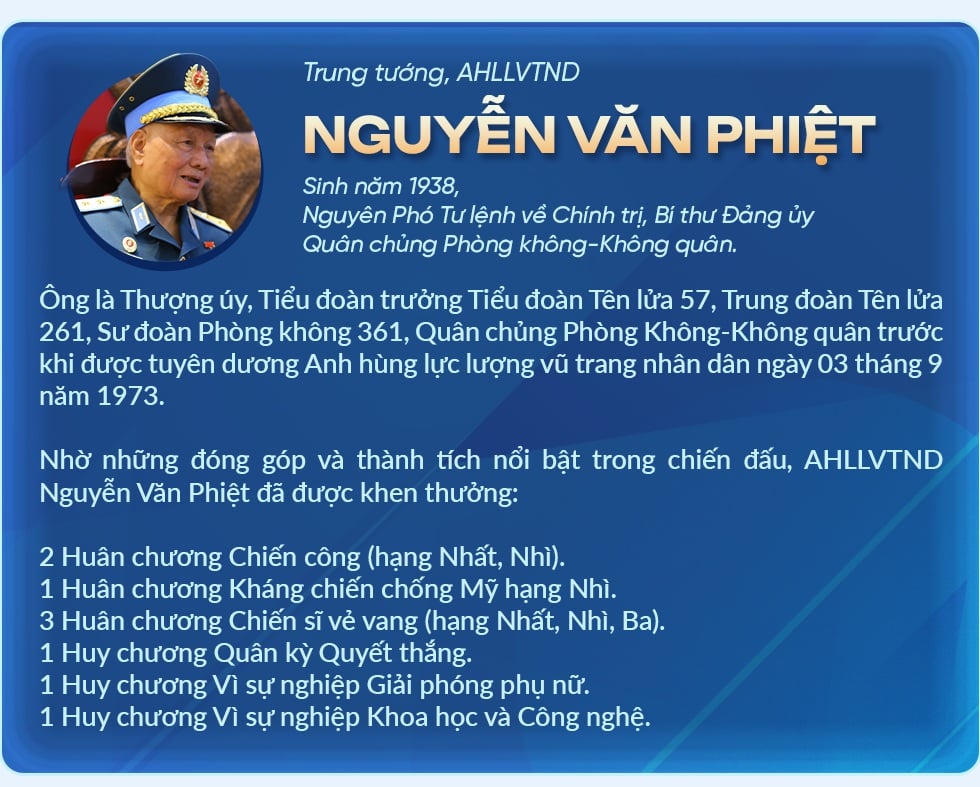
![[Photo] General Secretary To Lam attends the opening ceremony of the National Achievements Exhibition](https://vphoto.vietnam.vn/thumb/1200x675/vietnam/resource/IMAGE/2025/8/28/d371751d37634474bb3d91c6f701be7f)
![[Photo] National Assembly Chairman Tran Thanh Man holds talks with New Zealand Parliament Chairman](https://vphoto.vietnam.vn/thumb/1200x675/vietnam/resource/IMAGE/2025/8/28/c90fcbe09a1d4a028b7623ae366b741d)
![[Photo] General Secretary To Lam presents the 45-year Party membership badge to comrade Phan Dinh Trac](https://vphoto.vietnam.vn/thumb/1200x675/vietnam/resource/IMAGE/2025/8/28/e2f08c400e504e38ac694bc6142ac331)
![[Photo] Red flag with yellow star flutters in France on National Day September 2](https://vphoto.vietnam.vn/thumb/1200x675/vietnam/resource/IMAGE/2025/8/28/f6fc12215220488bb859230b86b9cc12)
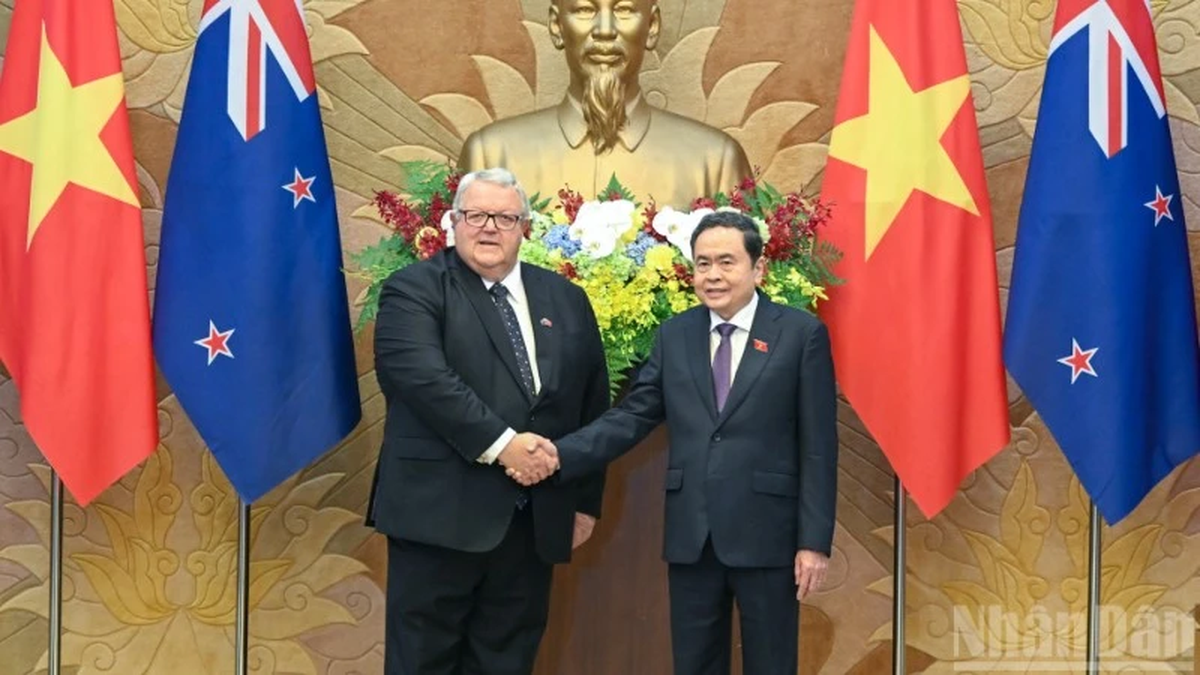
![[Photo] Politburo works with the Standing Committee of Cao Bang Provincial Party Committee and Hue City Party Committee](https://vphoto.vietnam.vn/thumb/1200x675/vietnam/resource/IMAGE/2025/8/28/fee8a847b1ff45188749eb0299c512b2)
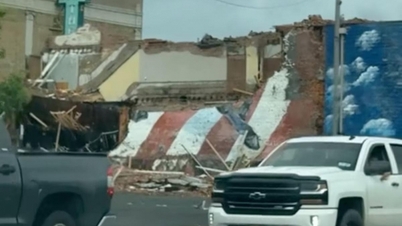



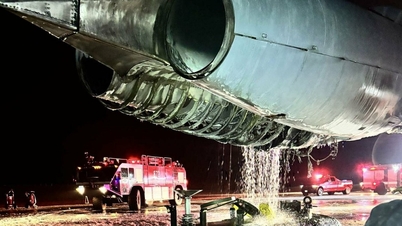







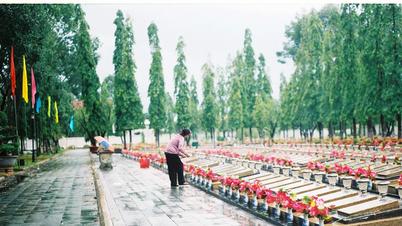

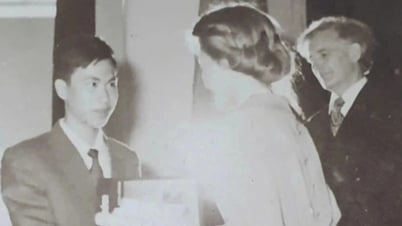
















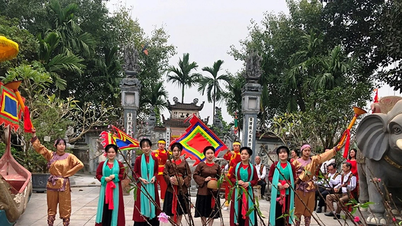




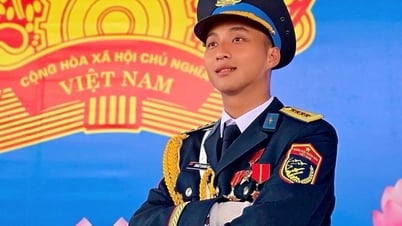

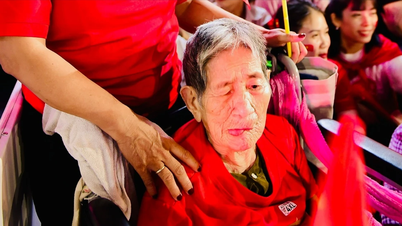

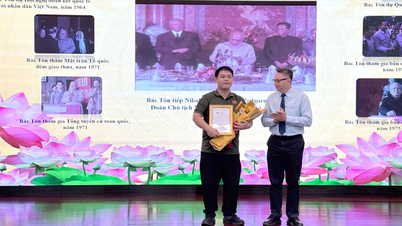



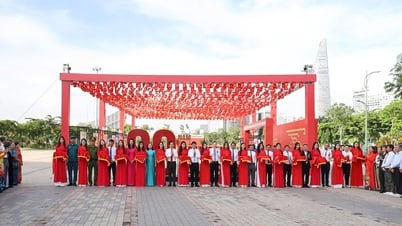















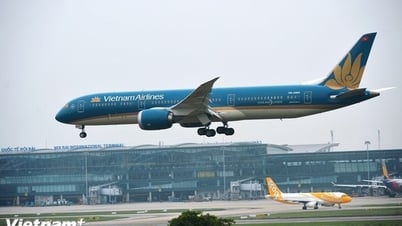
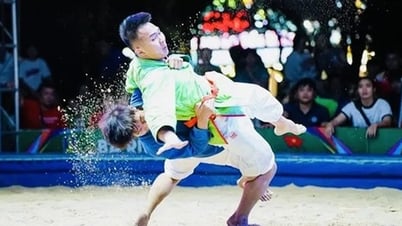
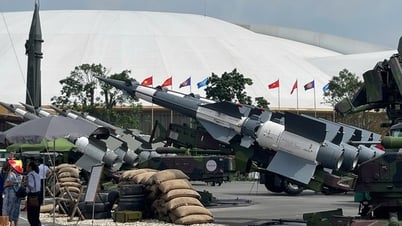








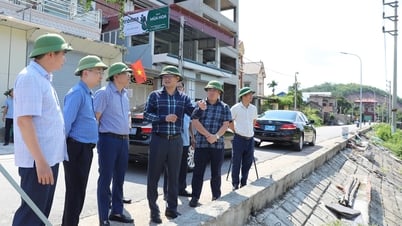

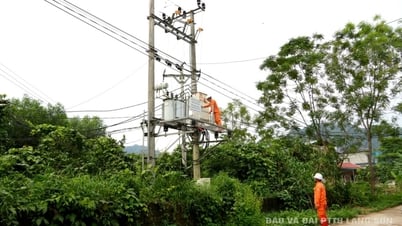



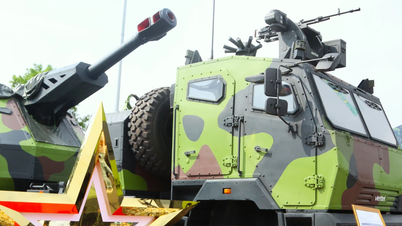













Comment (0)